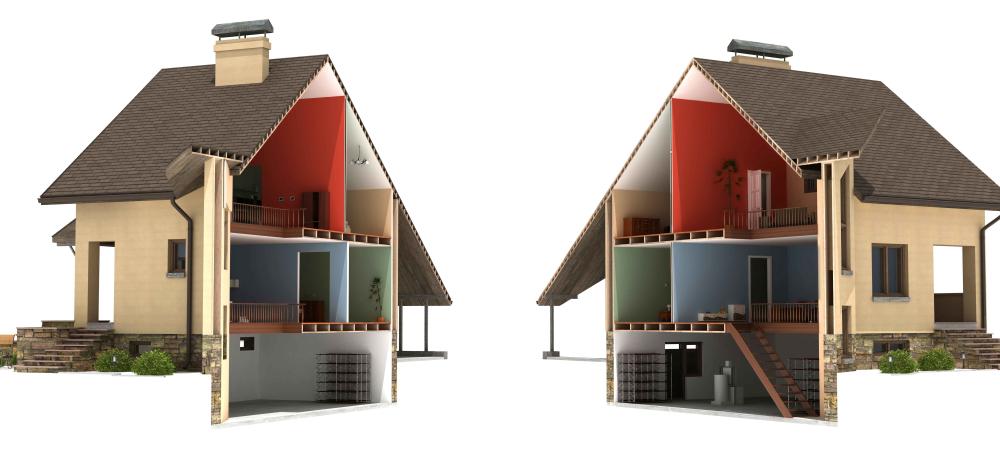How to Identify Pest Damage in Your Home: A Room-by-Room Guide

Pest infestations can quietly cause structural issues, health risks, and expensive repairs. The earlier you spot the warning signs, the easier it is to stop pests in their tracks. Look for gnaw marks, droppings, unusual smells, and damaged materials. Check dark corners, under furniture, and around food sources. Different pests leave distinct signs in various rooms of your home—find out how to get ahead of potential pest problems.
Table of Contents
- Why Pest Damage Identification Matters
- How to Inspect Your Home for Pest Damage
- Common Pests and Their Damage
- How to Prevent Pests From Damaging Your Home
- Common FAQs
- When to Call Professionals
Why Pest Damage Identification Matters
Identifying pest damage early is key to preventing costly repairs and protecting your family’s health. Early detection of pest damage is crucial to stop issues before they spiral into expensive repairs or health hazards. Knowing what to look for empowers you to take action faster.
How to Inspect Your Home for Pest Damage
Kitchen
The kitchen is a hotspot for pests thanks to easy access to food and water. Check cabinets and pantry shelves for food debris, gnaw marks, droppings, or even chewed packaging. Pay special attention to corners and behind appliances where crumbs and moisture collect.
Bathroom
Bathrooms attract pests like silverfish, cockroaches, and ants due to their moisture. Inspect under sinks, around pipes, and in corners for water damage, small insects, or unusual smells.
Bedrooms
Bed bugs thrive in cushiony sleeping areas. Check mattresses, box springs, headboards, and nearby furniture for rusty spots, shed skins, or tiny bugs. Also, watch for itchy bites on your skin in the mornings.
Living Room
Rodents and insects often hide in quiet areas of living rooms. Look behind large furniture, inside electronics, and under rugs for droppings, gnaw marks, or dark specks that could indicate cockroaches, rodents, or other pests.
Basement and Attic
These areas are prime real estate for rats, mice, spiders, and wood-destroying insects. Look for nests made from shredded materials, termite mud tubes, or piles of fine sawdust that could signal carpenter ants. Focus on corners, along floor joists, around insulation, near stored boxes, and in dark, undisturbed areas where pests like to hide.
Exterior
Walk around your home’s exterior. Look for holes or cracks in the foundation, damaged siding, or chewed areas near doors and windows. Outdoor water attractions and patios can also provide a drinking source, while the surrounding shade and shelter attract rodents and other nuisance wildlife. Overgrown vegetation touching the house can also serve as a bridge for pests.
Common Pests and Their Damage
- Termites leave mud tubes along walls, hollow-sounding wood, and discarded wings near windows or doors.\
- Rodents leave gnaw marks on food packaging and wires, pellet-shaped droppings, and greasy rub marks along walls.
- Carpenter Ants leave small piles of sawdust, rustling noises inside walls, and hollow-sounding wood.
- Bed Bugs leave rust-colored stains, tiny shed skins, and eggs in mattress seams, and a musty odor in severe infestations.
- Cockroaches leave small droppings in corners, oval egg casings, and a strong, unpleasant odor in affected areas.
How to Prevent Pests From Damaging Your Home
The best way to avoid costly pest damage is by making your home less inviting in the first place. Here's how you can prevent damage from pests:
- Seal cracks and holes in walls, foundations, and around windows.
- Store food in airtight containers and clean up spills promptly.
- Fix plumbing leaks and eliminate standing water to reduce moisture.
- Trim shrubs, trees, and grass away from your home’s exterior.
- Declutter storage areas like attics and basements to reduce hiding spots.
Common FAQs
Q: How often should I inspect for pest damage?
A: A thorough assessment every three months is ideal, with spot checks monthly.
Q: Can pest damage affect my home's value?
A: Yes, significant pest damage can lower property value and complicate the selling process.
Q: Are some rooms more susceptible to pest damage?
A: Kitchens, bathrooms, and basements tend to be most vulnerable due to food and moisture.
Q: How can I tell the difference between termite and carpenter ant damage?
A: Termite damage is smooth and clean, while carpenter ant damage often looks rough or shredded.
Q: What’s the first sign of a bed bug infestation?
A: Waking up with small bites on your body is usually the first sign of a bed bug infestation. Then, check your mattress or bedding for small, rust-colored spots, which indicate bed bug activity.
When to Call Professionals
If you notice any of these warning signs, it’s time to call pest control experts:
- Extensive wood damage or hollow-sounding wood
- Large numbers of pests, droppings, or shed skins
- Signs of infestation in multiple rooms
- Recurring pest issues even after addressing them yourself
Protecting your home starts with knowing what to look for. By spotting the early signs of pest damage and taking steps to prevent infestations, you can save yourself time, stress, and costly repairs. If you find concerning signs in multiple areas of your home or the problem keeps coming back, don’t hesitate to contact Suburban Pest Control for a free estimate, a thorough assessment and proactive treatment.
